Protection of ground combat equipment. Is there much armor?
Ground equipment operates on the battlefield, as saturated as possible with all types of weapons. This significantly distinguishes it from fighting on the water, under water and in the air. The main difference is that on the ground, military equipment can work with bullets, shells, missiles and mines of a huge range of calibers: from 5,45 mm to 203 mm. At the same time, the number of types of ammunition with which aircraft, ships and submarines can be attacked is less by an order of magnitude. And the distance from which this or that is applied on planes, ships and submarines weapon, significantly more, which gives them time to make a decision and respond.
All of the above makes armor an integral element of ground equipment. The only question is what should be the optimal level of reservation: the ratio of the mass of the armor to the mass of the remaining elements of the equipment and its distribution on the hull.
Armored protection
During its existence, armor protection has continuously evolved: cast armor, rolled armor, heterogeneous steel armor from welded sheets of different hardness.
In parallel, the means of destruction developed (often at a faster pace). A serious challenge for the creators of armored protection was the appearance of cumulative warheads. A distinctive feature of the cumulative warheads is that they can be installed in fairly compact and inexpensive weapons that can be placed on all types of carriers, starting with the ordinary infantryman.
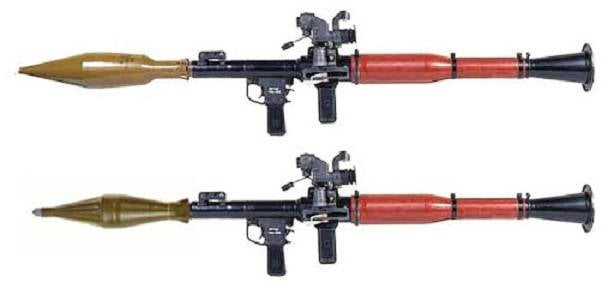
A definite breakthrough can be considered the appearance of composite armor, including, in addition to armor steels, fillers from various non-metallic materials: reinforced fabrics, fiberglass, porcelain, armored ceramics.

Dynamic protection
Another breakthrough can be considered the emergence of dynamic defense (DZ), the principle of which is based on the destruction of the attacking ammunition or the cumulative stream due to the detonation of a small explosive charge, the initiation of which is carried out by the action of the attacking ammunition. Dynamic defense has become widespread on domestic combat vehicles.
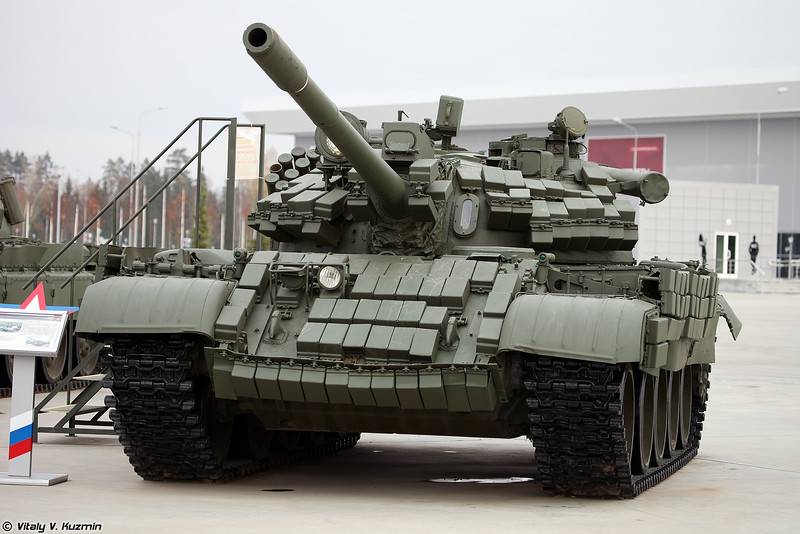
The appearance of DZ forced the developers of anti-tank weapons to increase the diameter of the cumulative funnel, to equip the products with one or two leading cumulative precharges designed to destroy dynamic defense units.
If the first samples of dynamic protection could only withstand cumulative charges, then the latest samples, such as the Dynamic Relic installed on the main battle tanks (MBT) of the T-90 series, or the Dynamic Malachite protection installed on armored vehicles of the Armata platform ", Are able to protect armored vehicles from armor-piercing feathered subcaliber shells (BOPS), tandem cumulative charges, and the Malachite defense missile can withstand ammunition like" shock core ".
Information about DM "Malachite" is not enough. There are versions that its design can be based on relatively conservative or advanced technical solutions. In the first case, the design of the DZ "Malachite" is based on improved solutions implemented in the DZ "Relic": sequential firing towards the attacking ammunition of the armored cover of the DZ module and the damper plate. This allows you to break the cumulative stream, bend or break the BOPS.
In the second version, the Malakhit DZ can be implemented as part of the Afganit active defense complex (KAZ), also installed on machines of the Armata family. In this case, the DZ becomes “intellectual armor”: the DZ block is triggered well in advance, even before the attacking ammunition is hit, according to the radar station (radar) of the Afganit complex.
It is also possible to implement the DM “Malachite” by the type of electrodynamic protection, a patent for which is available at the NII Steel. In this case, the detection of an approaching projectile or missile is carried out by built-in inductors by changing the magnetic field strength from the metal contained in the structure of the attacking ammunition. The advantage of this solution is the independence of the DZ operation from the KAZ Afganit radar, which can be damaged by enemy fire, as well as the possibility of destroying the attacking ammunition at a distance of about 200-400 mm from the hull, even before they hit the protected object.
Separately, one can mention such a type of dynamic defense as the Ukrainian DZ “Knife” or its improved version of the DZ “Duplet”. At the heart of the Knife DZ are elongated cumulative charges located in rows in the case, perpendicular to the approach direction of the attacking ammunition. The cumulative elements of the Knife DZ are interconnected by additional charges in such a way that the operation of one of the elongated cumulative charges in the block due to the attack of ammunition causes the detonation of the remaining elongated cumulative charges in the block. Elongated charges fire sequentially, destroying and deflecting the attacking ammunition.
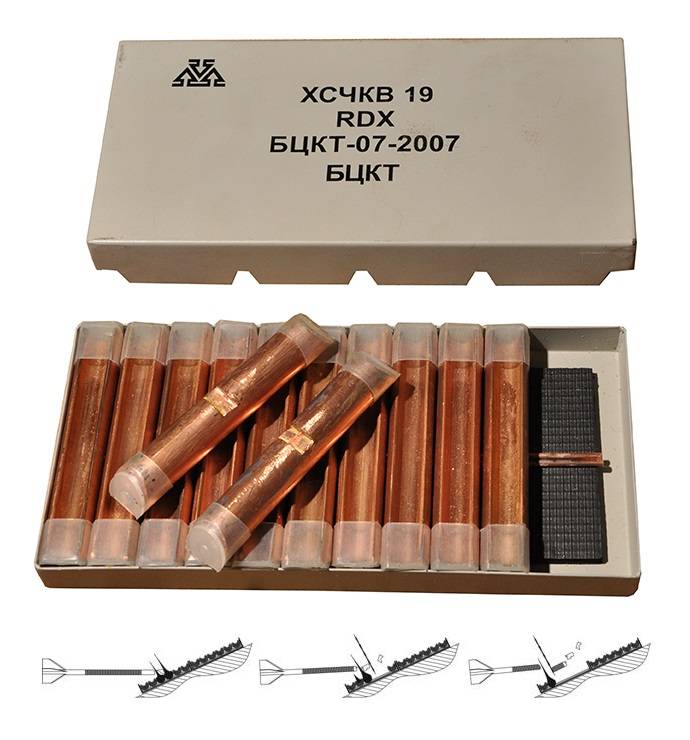
In DZ “Duplet”, dynamic defense modules are located in several layers, which can significantly increase the likelihood of destruction of the attacking ammunition.
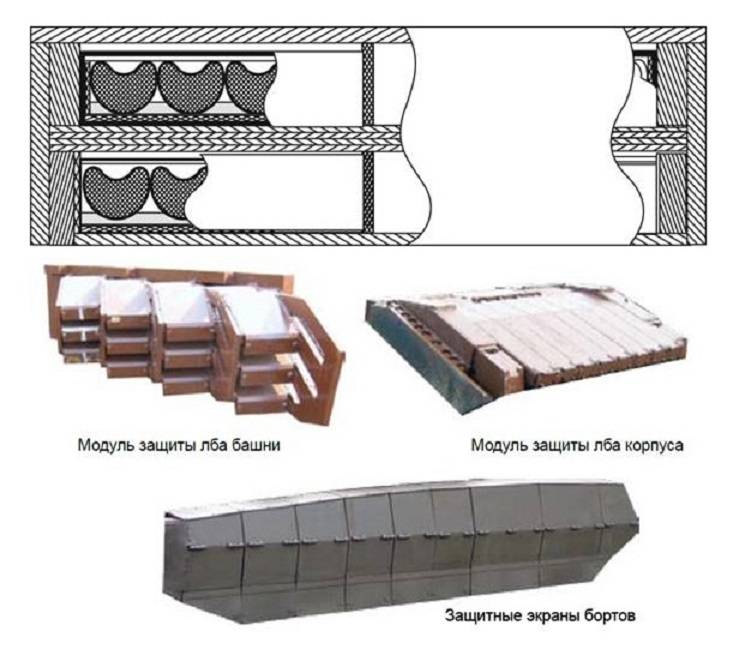
Like so much more, story dynamic protection, based on the principle of elongated cumulative charges, begins in the USSR. However, after the collapse of the country, Russian and Ukrainian developers chose different development paths. Which solution will be more effective, time will tell. Meanwhile, it is possible that the best option would be to use combined solutions in which various types of dynamic protection would complement each other.
"Electric armor"
For promising models of armored vehicles, the creation of so-called electric armor is considered. One of the options is to throw the protective plate towards the attacking ammunition, as it can be supposed to be realized in the Malakhit DZ, only throwing should not be carried out by blowing up a small explosive charge, but due to the electrothermal effect on the throwing plate due to the evaporation of the polyethylene block powerful electric discharge, or the implementation of the expansion of protective plates using electromagnetic interaction.
Also considered is the option of the direct impact of a high voltage discharge, with an energy of the order of 10-20 kJ, on the cumulative jet or core of the BFPS, which should lead to their destruction.
A serious advantage of “electric armor” is the minimal secondary impact on the carrier, due to which such protection can be applied on light armored vehicles, as well as minimal impact on related objects, for example, infantry accompanying armored vehicles. The main problem of implementing this or that type of “electric armor” is the need to install a powerful source of electricity on armored vehicles, which is extremely difficult to implement on vehicles with a traditional power plant, but it is quite possible to promising electric propulsion platforms.
Armor Level
Recently, the question has been periodically raised of the allowable reduction in reservation, in connection with increasing ability to camouflage armored vehicles, as well as the introduction of highly effective promising KAZ. For example, for the XM1202 tank, developed as part of the FCS program, it was required to provide full protection against 30-mm and 45-mm cannon fire in the 60-degree sector from the front and circular protection against small arms fire up to 14,5 mm caliber, as well as fragments of 152/155 mm artillery shells. In fact, in terms of booking it is no longer a tank, but rather an armored personnel carrier.
Reducing the reservation to the level of the proposed tank XM1202, developed under the FCS program, is unacceptable. In this niche, there may be other equipment - light tanks of the domestic type 2C25 "Octopus-SD" or some kind of machine on the Kurganets platform, with enhanced weapons, but not the main tank.
If the tank holds only a caliber of up to 14,5 mm, then it turns out that it can be hit on board like existing ammunition caliber 23-35 mm, ammunition of increased power caliber 45-57 mm, which is now actively moving armored vehicles, and promising ammunition for small arms, which are now being developed even for promising sniper rifles. It is doubtful that any KAZ will be able to intercept a line of half-a-dozen shells with a caliber of 30 mm.
In the event of hostilities in an urban environment, a light tank is also doomed. Suppose KAZ can intercept 3-4 grenades fired from an RPG, but it cannot repel a dozen shots, and the newest tank will be destroyed by weapons more than half a century ago. Moreover, there are frequent cases when tanks of even an outdated model received a dozen hits from RPGs, and this did not lead to their destruction.
In the case of reducing the reservation of MBT, developers of anti-tank weapons will also be able to reduce their ammunition, which will lead to an increase in their portable / transportable ammunition. By analogy with the Pantsir anti-aircraft missile and cannon system (ZRPK) and the Gvozd small-sized anti-aircraft guided missiles (SAM) designed for it, deployed in four units instead of one standard missile, will there be anti-missile or RPGs with three or four simultaneously launched ammunition capable of overloading any KAZ? Actually, what can I say if the ATGM of reduced dimensions has already been created, well, or practically created. This is a complex of guided weapons “Bulat”, which is present as part of the updated module “Age”. It is easy to notice the difference in dimensions between the ATGM of the Kornet complex and the ATGM of the Bulat complex, which makes it possible to place at least twice the ammunition load of such ATGMs as part of the weapons module.
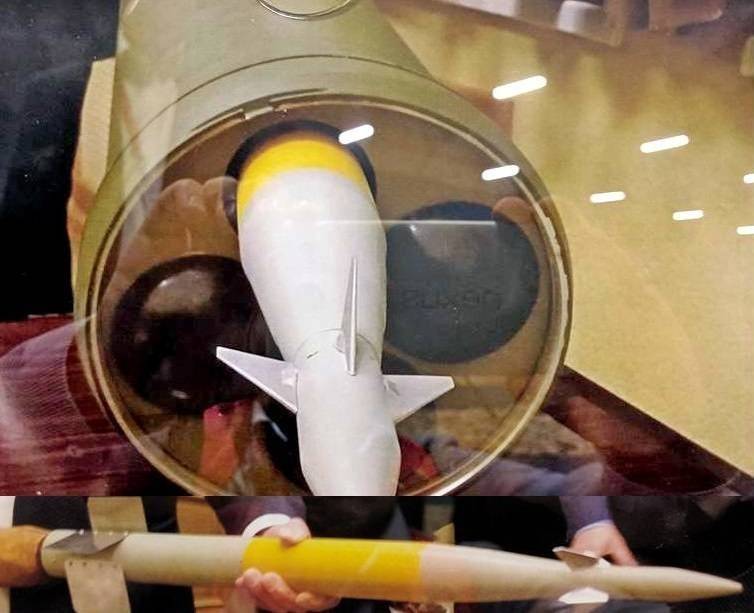
In addition, thin armor will not allow placing effective dynamic protection, it will simply break the side or the roof when triggered, and talking about "electric armor" is still premature.
We can conclude that armor for tanks and other heavy armored vehicles is needed. But what level of reservation can be considered sufficient?
Obviously, the main limitation here will remain the overall dimensions of the armored vehicles: the dimensions and weight permissible during transportation, which allow the transportation of armored vehicles by truck tractors, rail and aviationwhich should remain plus or minus at the level of existing machines. Accordingly, we can expect to maintain the current level of booking and, as a result, the security of promising armored vehicles. On the one hand, means of attack will develop, on the other hand, materials, layout schemes of armor will be improved, and promising solutions will be introduced.
Without the appearance of breakthrough solutions, without taking into account the introduction of KAZ, the balance of the projectile / armor is expected to remain approximately at the current level. For some time, the means of attack will prevail, for some time the means of defense. The question remains of the distribution of armor, which we can place on the body of armored vehicles.
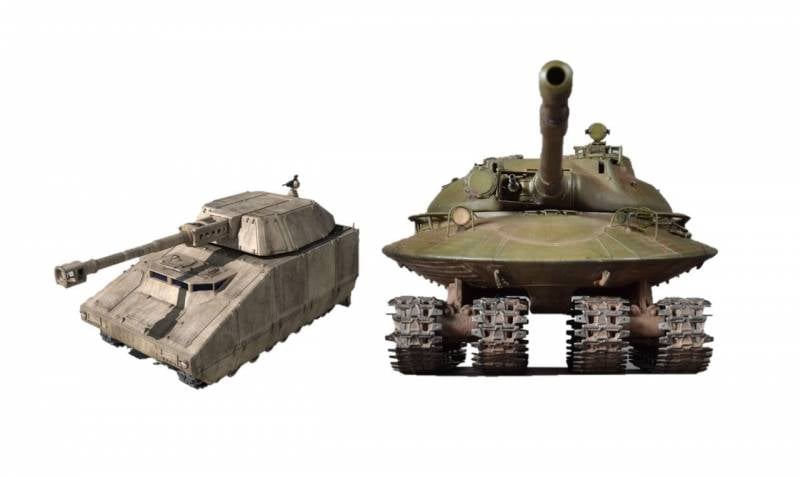
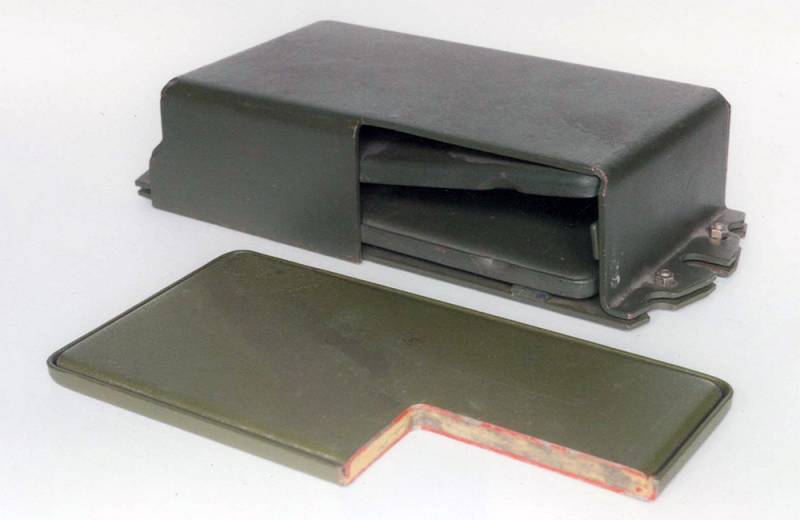
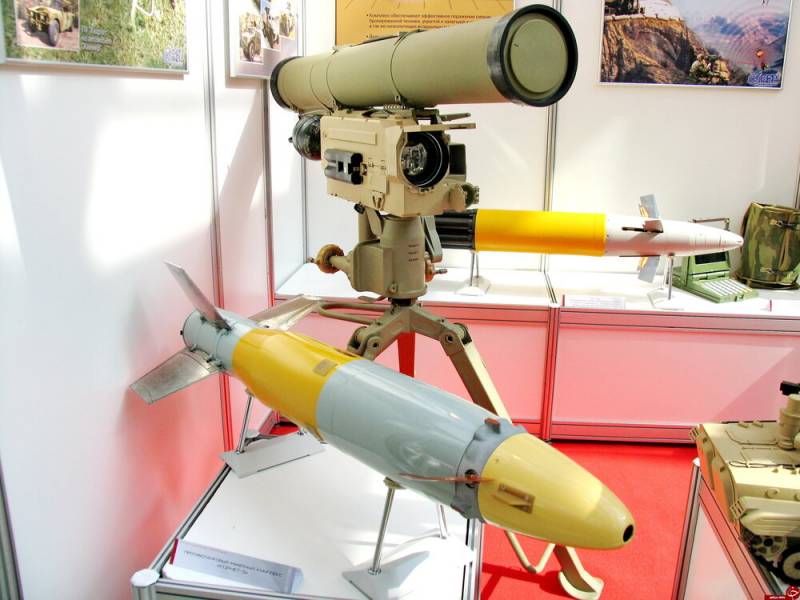
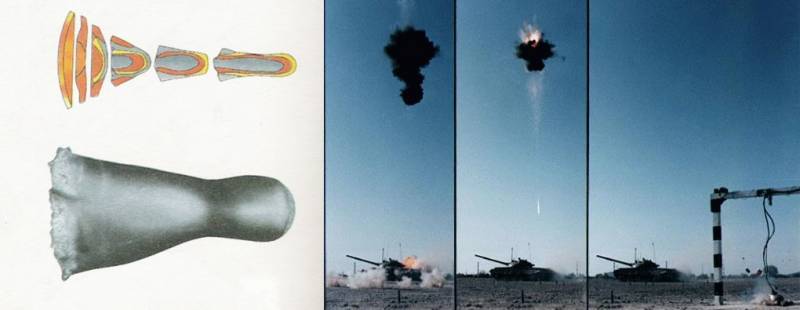
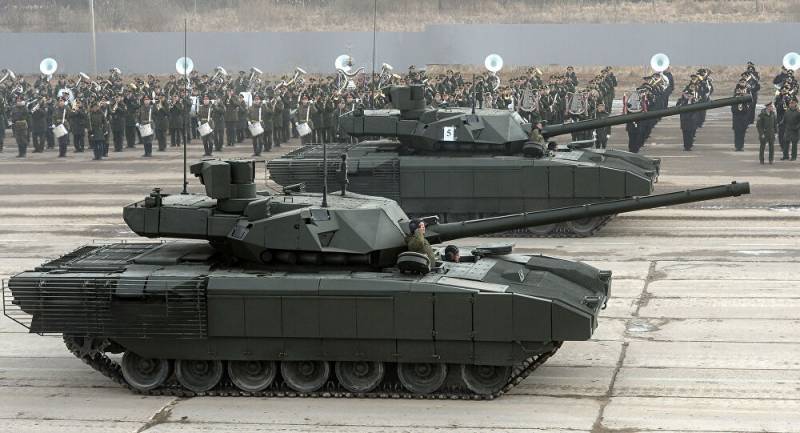
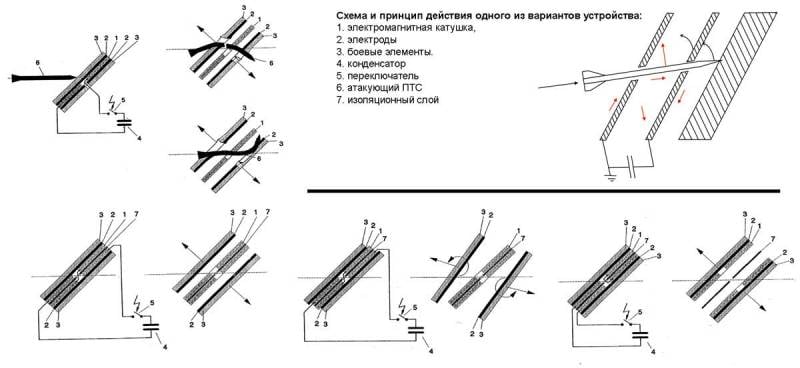
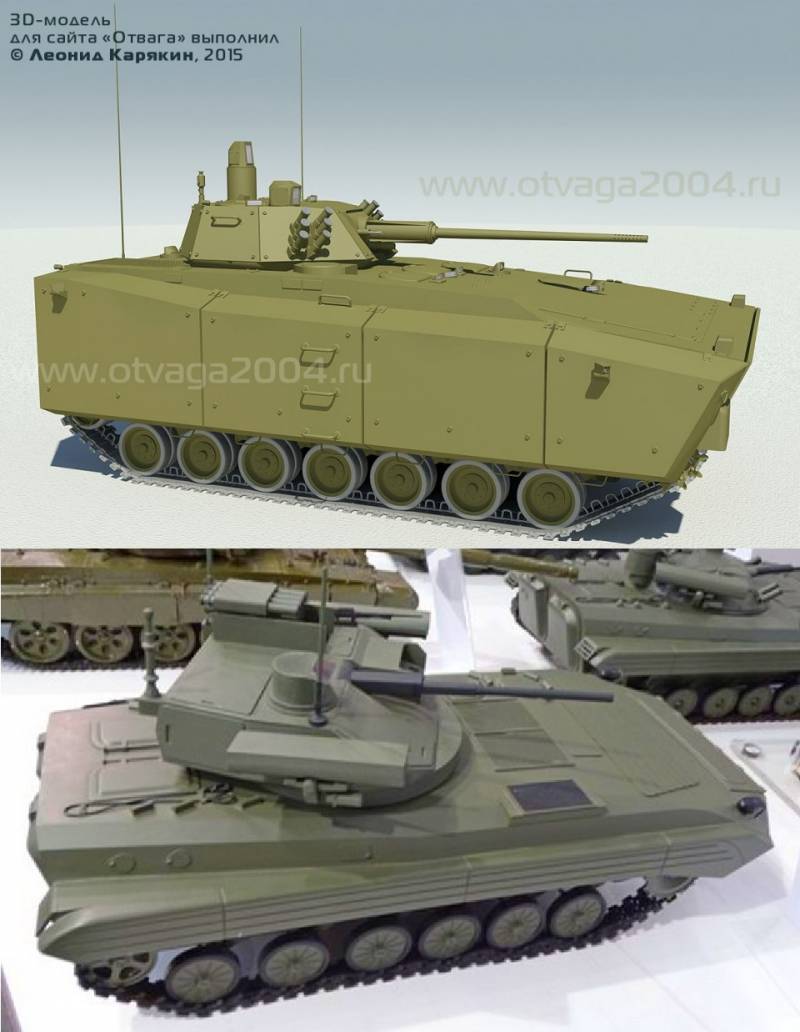
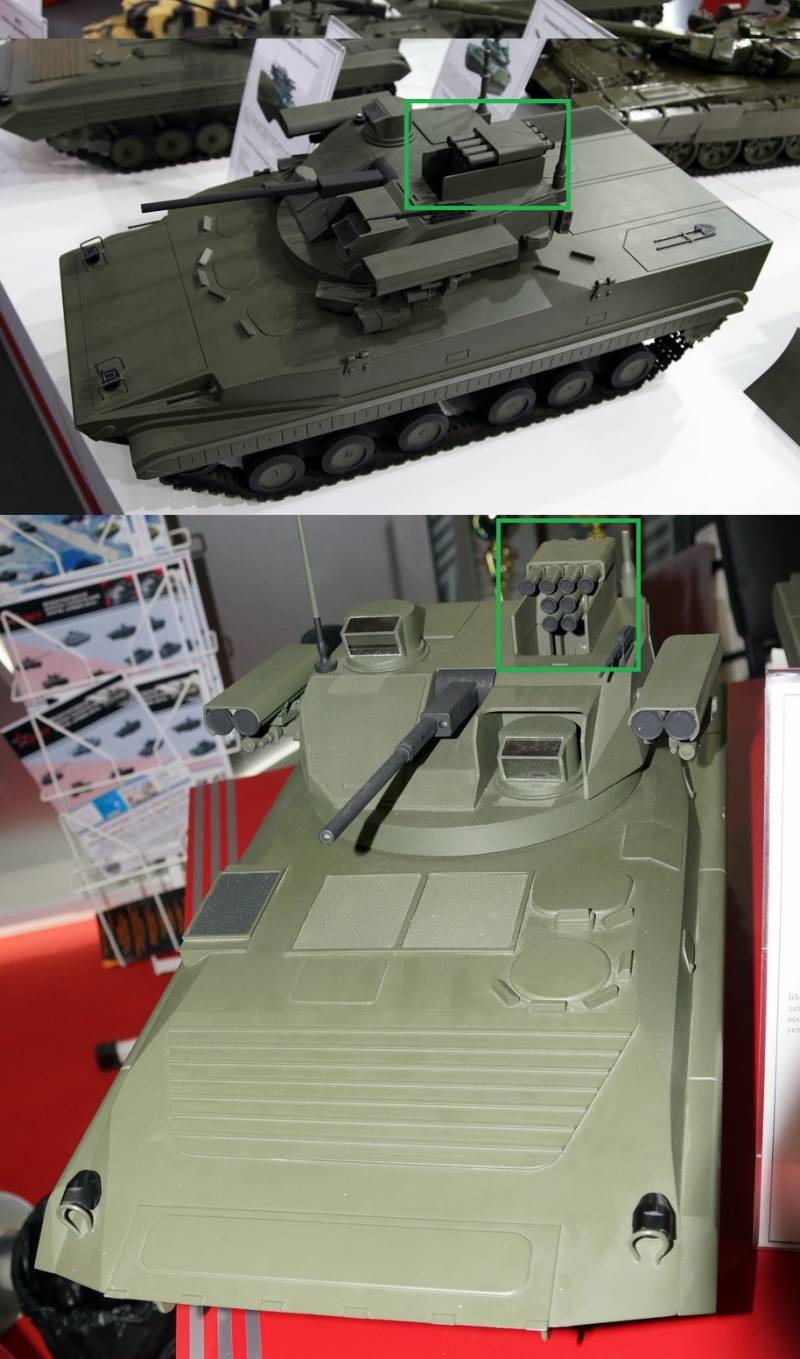
Information